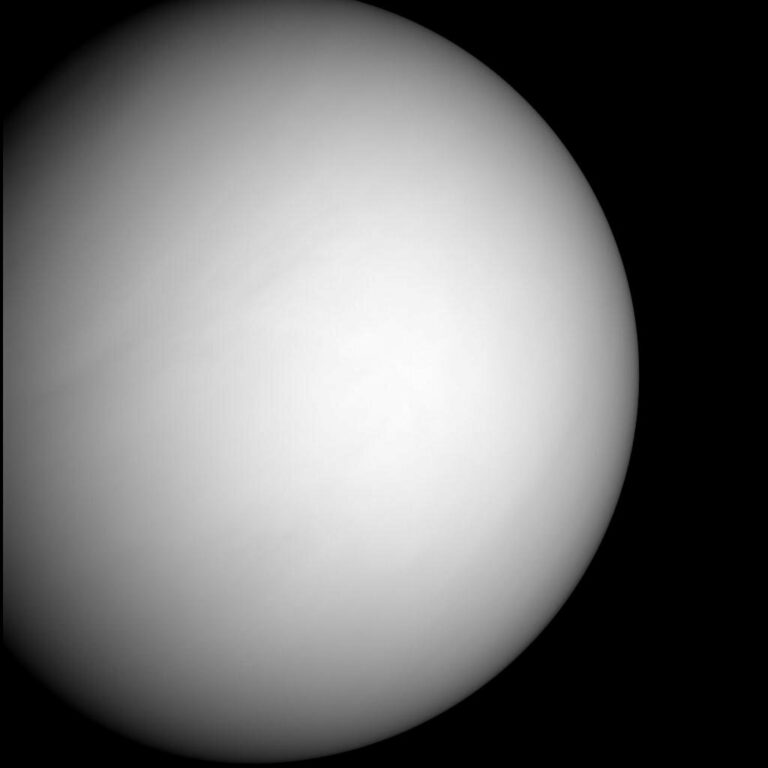Venus Strategizes a Comeback
Currently, Mars is receiving a lot of attention in the field of space exploration. As a result, Venus, our closest neighbor and previously considered the most intriguing planet to study due to its proximity and similar atmosphere to Earth, has been somewhat neglected. However, a recent article in Chemical & Engineering News, the weekly newsmagazine of the American Chemical Society, sheds light on how scientists and space agencies are redirecting their focus back to Venus in order to gain a better understanding of its atmosphere and geology.

According to Associate Editor Sam Lemonick, Venus was a popular choice for scientific study from the 1950s to the late 1980s. From our perspective on Earth, its atmosphere appeared to be similar to our own. However, closer examinations conducted by missions from the USSR and NASA revealed that the surface of Venus is incredibly hot, with temperatures exceeding 450 degrees Celsius, and the atmospheric pressure is nearly 100 times that of Earth. These discoveries prompted researchers to shift their attention away from our neighboring planet until the beginning of the 21st century. In recent years, missions led by the European Union and Japan have uncovered a much more intricate atmospheric chemistry on Venus than previously anticipated. These findings have reignited the interest of scientists, who believe that further exploration of Venus could provide valuable insights into the chemistry of planets that are beyond our current reach.
As a result of these new revelations, space agencies are now planning their upcoming missions to Venus. The Indian Space Research Organization (ISRO) is preparing to launch an orbiter in 2024, while Russia’s Roscosmos aims to send a lander mission in 2029. Additionally, NASA, the European Space Agency, China, and a private company are also considering their own plans for future trips to Venus. These missions will likely prioritize the study of Venus’ geology, as advancements in technology will enable us to gain a deeper understanding of the planet’s surface.ISRO has scheduled a mission that will employ radar and infrared spectrometry to collect data for a duration of four years. NASA, on the other hand, has put forth two missions that aim to investigate the atmospheric chemistry and geochemistry of Venus. Supporters of renewed Venus missions argue that these endeavors will enhance scientists’ comprehension of planets within our solar system and beyond, and may offer valuable insights into the existence of life in the universe.
This article is republished from PhysORG under a Creative Commons license. Read the original article.
Do not forget to share your opinion with us to provide you with the best posts !




0 Comments